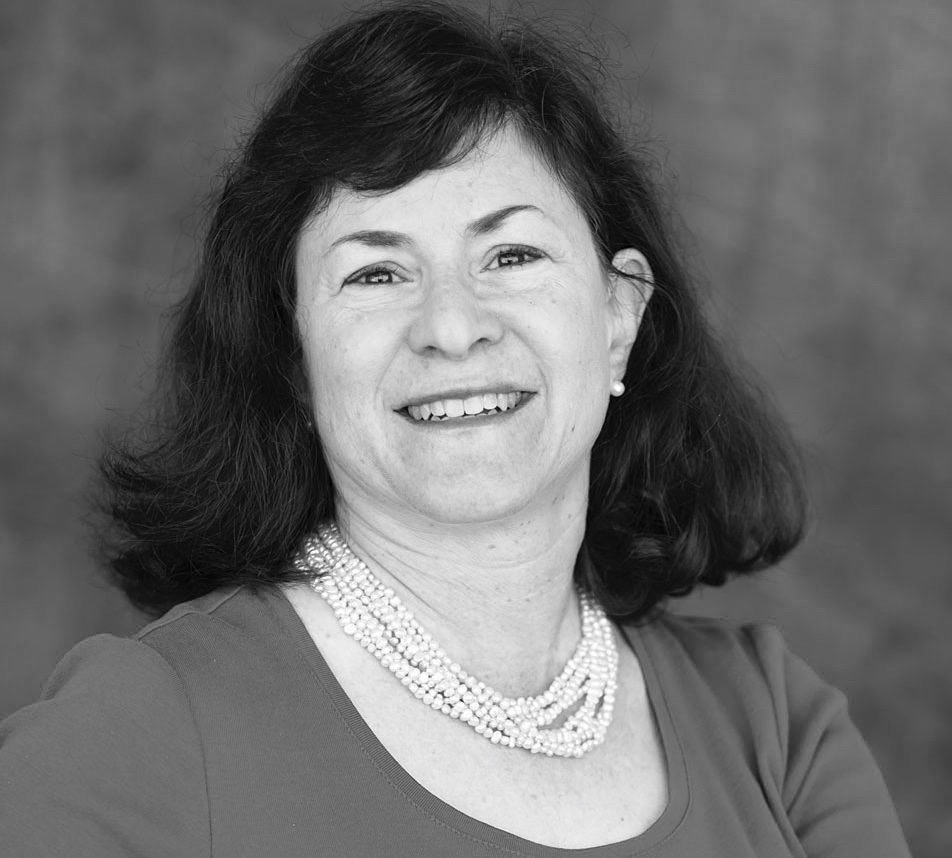Spring is the season of renewal—flowers bloom, little chicks are born and all of our son’s government benefits are up for their annual review. First was the IEP (Individual Education Plan) at high school, then a three-hour trip to the Social Security office for SSI (Supplemental Security Income), and two home visits in two days. The first was with our new Service Coordinator from the Lanterman Regional Center and the second was with the LA County caseworker for Danny’s In-Home Supportive Service (IHSS), which is a crucial state program for children and adults with disabilities to safely live in the community instead of in a more institutionalized setting. IHSS pays just above minimum wage to in-home workers who can provide meal preparation, laundry, houseclearning, grocery shopping, personal care services, accompaniment to medical appointments, and protective supervision for the mentally impaired. Aside from being more personally desirable, it also saves taxpayers considerable amounts of money.
Our IHSS LA County Case Worker who I will call Mrs. D is a kind but overworked 40ish woman who grew up in the Philippines and who has been doing our home visits for the past three years. She always contacts us at the last minute, following up her written request with a breathless phone call that she needs to see us “right way”. After some wrangling over the time of day, since she wants us available anytime between noon and 3 on the next Wednesday, we settle on 2:30 so Danny doesn’t have to miss any more high school than necessary.
As we begin to review Danny’s living situation (same), his schooling (same) and medical conditions (same), I asked Mrs. D. how many cases she is currently assigned. With a sigh, she said “498 cases”, all of who she is required to visit in person, at home, once every 12 months. Do the math, and this means she is making at least 45 visits a month in our traffic-clogged streets seeing 5-6 clients a day, given at least four weeks off for vacation, sick time and national holidays.
Every IHSS recipient, by definition, is poor and either a frail elderly person, often with multiple chronic medical conditions, or a younger, blind or disabled person who needs help with everyday self-care activities such as dressing, showering or taking medications. How can Mrs. D ever realistically spend the time needed to re-assess each client with a caseload of close to 500? And what about the time needed for accurate and comprehensive written reports and paperwork (done, by the way, with pen and paper, and carbon sheets)?
Mrs. D has been working with LA County for 14 years, and has seen her caseload grow over time from 150 to 300 and now 500. There are serious and scary consequences to this trend line; each case represents a highly vulnerable person who could easily get injured, fall ill or even die from neglect without help from a paid caregiver. More funding to hire more case workers would certainly help, as would moving from a paper-based system to smart phones and tablets. Maybe putting some more stable clients on every-other-year home visits, with phone calls and even using FaceTime or Skype in between? As more people with disabilities live longer in Los Angeles County, the number of people eligible for IHSS will grow, but adding even more clients to the worker’s caseloads is the wrong solution.





















 More news and opinions than at a Shabbat dinner, right in your inbox.
More news and opinions than at a Shabbat dinner, right in your inbox.